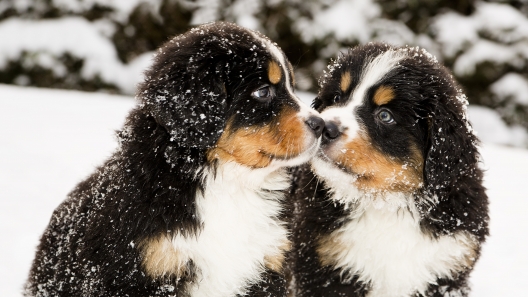
6 Tips to Get Your Dog Ready for…
Whether your dog loves winter or seems to hate it, here are some tips to get your dog ready for winter to keep them safe, cozy, and happy:
Use the options below to find your perfect canine companion!

Whether your dog loves winter or seems to hate it, here are some tips to get your dog ready for winter to keep them safe, cozy, and happy:
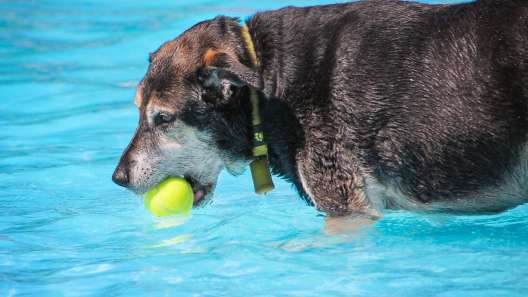
Every dog needs activities and exercise, even in their older years. Here are a few activities for senior dogs:
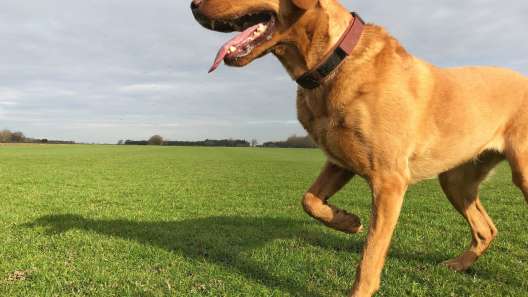
Dogs can’t tell us what’s wrong. If you have to ask “why is my dog limping?”, here are a few reasons why your dog might be limping:
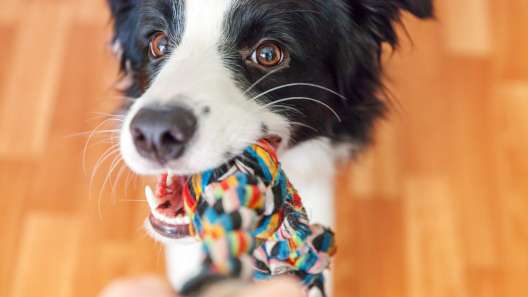
A proper routine is essential for you and your dog & dogs tend to thrive with one. Here’s how to create a good daily routine for your dog:

Some dogs love car rides and others don’t. Driving can be stressful for you and your dog. Here’s how to keep your dog calm on car rides:

Dog marking can be an issue at home. If you’re having problems with this type of behavior, here’s how to prevent dog marking in your home:

It’s important to keep a clean home not just for you and your family, but also for your pet. Here are some home cleaning tips for dog owners:
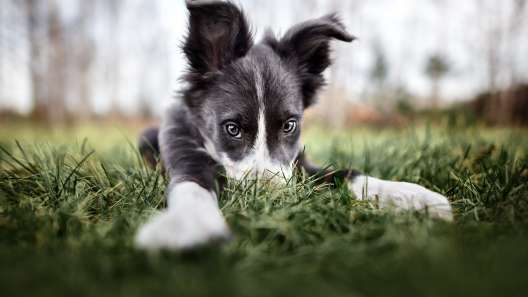
Dogs are big responsibilities. Are you ready to be a dog owner? Here are some signs you might be ready to be a dog owner:

If you’re taking your dog to BBQ or hosting your own, there are things to keep in mind. Here are a few summer BBQ safety tips for dog owners:
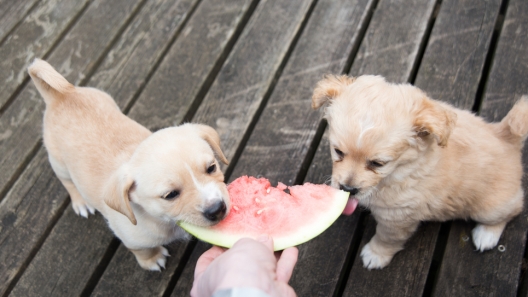
Here are some of the best fruits and veggies for dogs that you can use as a healthy treat or reward for your dog:
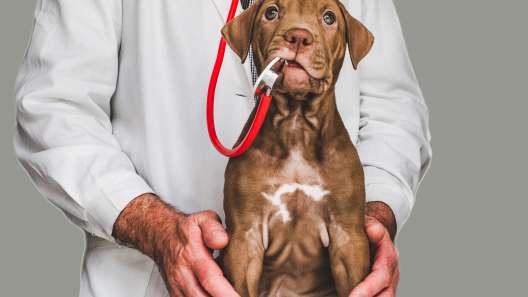
Elbow dysplasia is a condition common in mid to large-sized dogs, and other dogs breeds. Here’s what to know about elbow dysplasia in dogs:
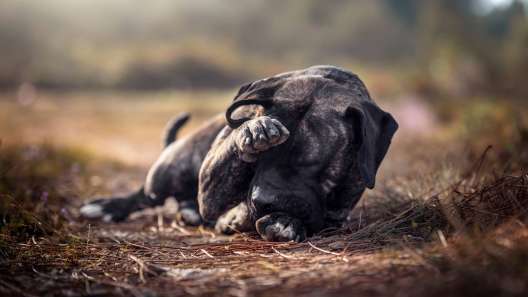
Dogs are seen often rubbing their faces. This behavior isn’t always a cause for alarm, but here are a few reasons why dogs rub their faces: